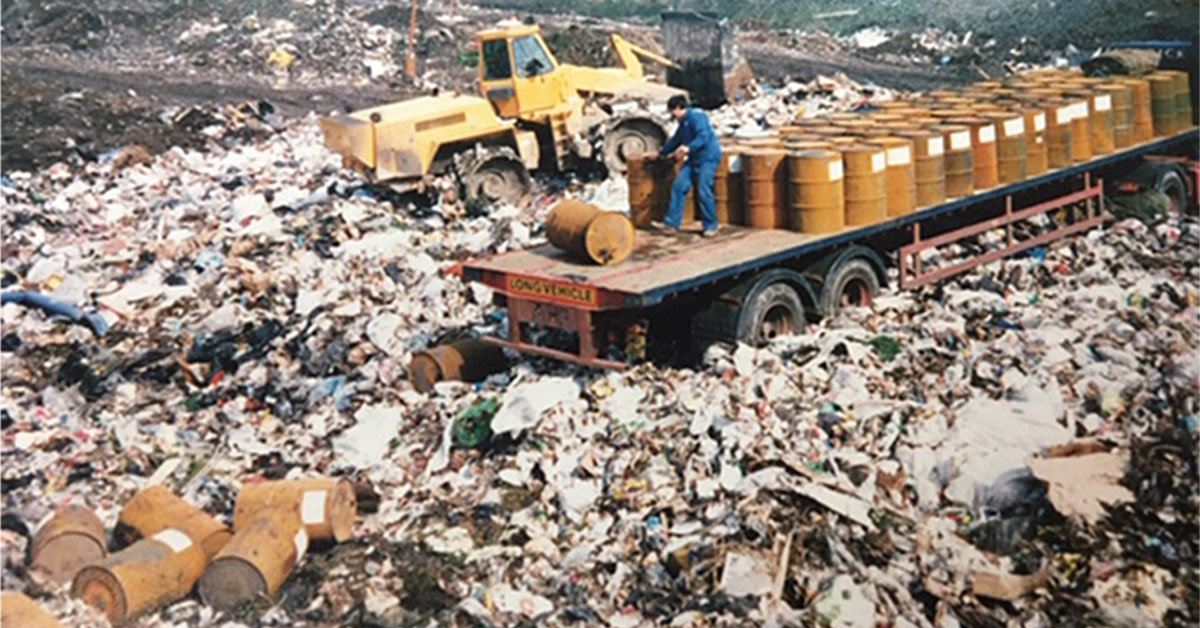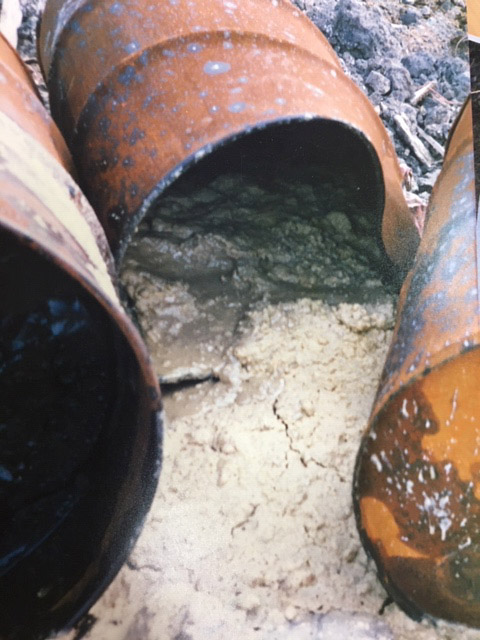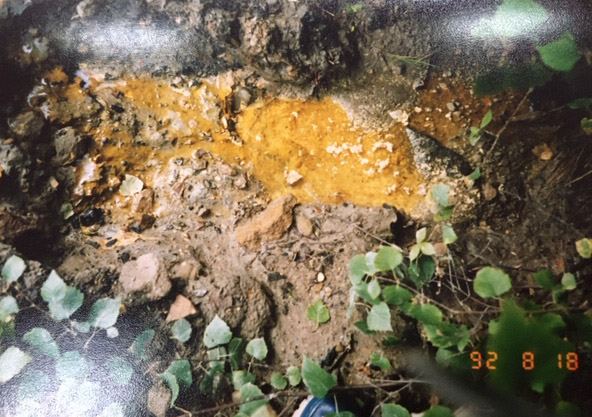Rev Paul Cawthorne says some of Bayer’s USD650 million given to polluted sites in the US should be used to remediate Monsanto’s toxic legacy in the UK
Following the announcement of a USD650 million settlement by Bayer, destined for areas of the US contaminated by the company’s subsidiary Monsanto with toxic chemicals known as PCBs, GMWatch subscriber Rev Paul Cawthorne has been looking into whether any funds from the settlement will be coming to the UK to clean up Monsanto’s PCB contamination in Wales.
The PCB contamination scandal was investigated in The Ecologist’s Monsanto Brofiscin Files in 2007.

Rev Cawthorne told GMWatch, “It is estimated that many thousands of drums of a wide variety of toxic chemical wastes, including PCBs, PNCBs and acids, were deposited at a number of former quarry waste disposal sites along the Welsh border and near the South Wales coast. Some of these drums will have originated from the former Monsanto factories at Newport and Ruabon. Photographic evidence from a UK site shows drums being deposited off the back of a lorry and empty drums which appear to be evidence of leakage due to split or corrosion. Leaking drums was an international problem for Monsanto, as acknowledged by its own employees.
“Toxic leachate into local ecosystems has been revealed at many of the sites, though only Brofiscin, in South Wales, has so far been fully publicly investigated and remediated at an undisclosed cost. Waste production and disposal sites highlighted by ENDS Report, The Ecologist magazine and local residents include Brofiscin, Maendy, Glebelands and Penrhos in South Wales, several near Ruabon, Sutton Walls in Herefordshire and Stoneyhill near Telford – most of them near watercourses, including the major rivers Severn and Dee. Key lorry manifests for one site, which I studied at the Environment Agency Shrewsbury office a decade ago but have now gone missing, confirm the detail.

“Has the UK even included the buried piles of waste PCB stocks in its national inventory within the Stockholm Convention? Several of these sites are, bizarrely, not even yet categorised by local authorities as Contaminated Land, despite a statutory duty to assess them.”
Rev Cawthorne has written to Clare Pillman, the head of Natural Resources Wales (see the text of the letter below), asking for clarification as to whether the USD650 million settlement includes provision to clean up bioaccumulative PCBs in the UK.
According to Rev Cawthorne, freedom of information requests have revealed that PCBs are still discharging into the sensitive Severn estuary from Monsanto’s former PCB manufacturing site at Newport. An investigation at Maendy Quarry, promised in Parliament in 1973, is still reportedly unknown to the local council. There remains a worrying fenced-off open toxic lagoon at Llwyneinion, near Ruabon, which caught fire in 1980. Groundwater contamination at Sutton Walls has led to local borehole closures.
Rev Cawthorne adds that the permeability of some site linings and cappings, as well as toxic discharges, such as those at Maendy and Newport, mean that Monsanto’s toxic bioaccumulative legacy in the UK continues to seep into water courses and estuaries, potentially impacting top marine predators and anyone who consumes fish and shellfish from these areas. He says, “Serious remedial action must be taken.”
Rev Cawthorne concludes with a question: “Until proper public accountability is shown, is Bayer’s ethical duty discharged?”